Ensuring Quality Stability in Procuring Comfortable Arm Chairs
 Mar 27,2025
Mar 27,2025

 Topmax Furniture
Topmax Furniture
When sourcing comfortable arm chairs, ensuring consistent quality is essential for maintaining customer satisfaction and brand reputation. Whether for home use, office spaces, hotels, or commercial settings, buyers demand durable, ergonomic, and aesthetically pleasing seating solutions. However, maintaining high standards across bulk orders requires a strategic approach, from supplier selection to rigorous quality control measures.
To achieve consistent quality in comfortable arm chairs, importers and wholesalers must focus on supplier evaluation, material standards, durability testing, and production oversight.
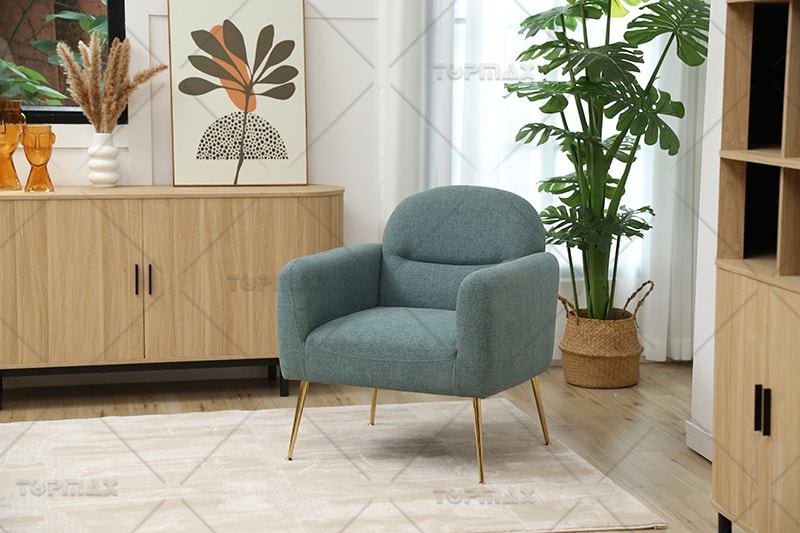
Supplier Evaluation: The Foundation of Quality
The first step in ensuring quality stability in comfortable arm chairs is to evaluate potential suppliers thoroughly. A reliable supplier is not just a manufacturer; they are a partner in delivering excellence.
Reputation and Experience: Look for suppliers with a proven track record in the furniture industry. Years of experience often translate into refined manufacturing processes and a deeper understanding of customer needs.
Quality Certifications: Check if the supplier holds relevant quality certifications, such as ISO 9001. These certifications indicate that the supplier adheres to strict quality management systems.
Production Capacity: Assess the supplier's production capacity to ensure they can meet your demand without compromising on quality. Overstretched manufacturers may cut corners to meet deadlines.
Material Sourcing: Inquire about the sources of raw materials. High-quality materials are fundamental to producing durable and comfortable arm chairs.
Customer Feedback: Seek feedback from other customers who have worked with the supplier. Their experiences can provide valuable insights into the supplier's reliability and commitment to quality.
Once a reputable supplier is identified, the next step is to delve into the specifics of quality control
Key Quality Standards for Comfortable Arm Chairs
The frame is the foundational structure of comfy arm chairs, determining its stability and durability. A weak frame can lead to wobbling, breaking, or premature wear and tear. Therefore, testing frame strength is crucial.
Frame Strength: The Backbone of Comfort
Material Selection: The choice of material significantly impacts frame strength. Hardwoods like oak, ash, and maple are preferred for their durability and resistance to warping. Metal frames, particularly those made from steel or aluminum, offer robustness and a modern aesthetic.
Joint Integrity: Examine how the frame parts are joined. Traditional methods like dovetailing and mortise-and-tenon joints provide superior strength. Modern techniques, such as welding or screwing with high-quality fasteners, should also be evaluated for their durability.
Load Testing: Subject the comfy arm chairs frames to load testing. This involves placing weights that exceed the recommended user weight limit to ensure the frame can withstand regular use and potential overloads without deformation or failure.
Stability Testing: Assess the comfy arm chairs' stability by simulating various sitting positions. It should remain steady and not tip over, even when leaned back or shifted sideways.
By rigorously testing frame strength, manufacturers can ensure that their comfortable arm chairs provide a secure and stable seating experience.
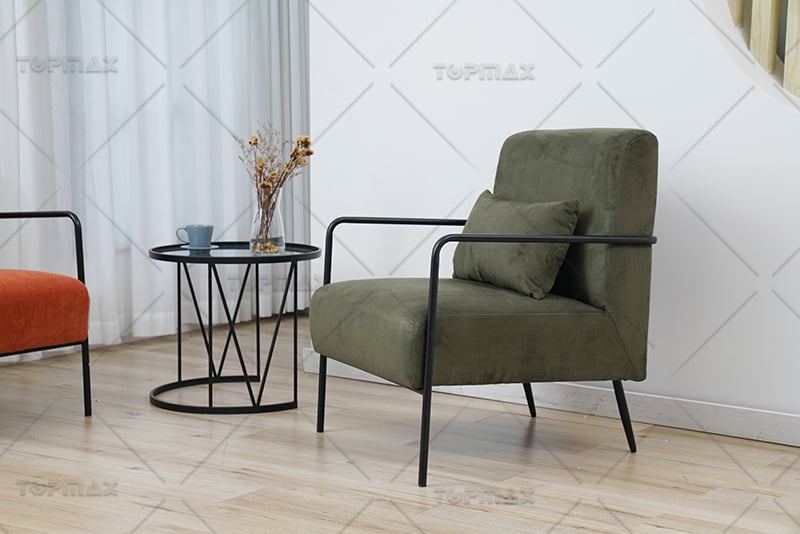
Fabric Durability: The Face of Comfort
The fabric covering comfy arm chairs is not just about aesthetics; it also plays a vital role in comfort and longevity. A durable fabric can withstand daily wear and tear, maintaining its appearance and texture over time.
Fabric Type: Different fabrics have varying durability levels. Natural fibers like cotton and linen are breathable but may wear out faster. Synthetic fibers, such as polyester and nylon, offer higher durability and stain resistance.
Wear Testing: Conduct wear testing using standardized methods like the Wyzenbeek or Martindale tests. These tests simulate the abrasive action of regular use, providing a measure of fabric durability.
Colorfastness: Ensure that the fabric's colors do not fade over time or with exposure to sunlight. Colorfastness tests can assess a fabric's resistance to fading, bleeding, or staining.
Pill Resistance: Fabrics should be evaluated for their resistance to pilling. Pilling occurs when fibers entanglements form small balls on the fabric surface, detracting from its appearance.
Cleanability: Consider the ease of cleaning the fabric. Stain-resistant treatments can enhance cleanability, making the comfy arm chairs more practical for everyday use.
Choosing and testing fabrics for durability ensures that comfortable arm chairs retain their appeal and comfort for years to come.
Cushion Resilience: The Heart of Comfort
The cushions of comfy arm chairs are where comfort truly lies. A resilient cushion maintains its shape and support over time, providing consistent comfort.
Filling Material: The type of filling material significantly affects cushion resilience. High-density foam is a popular choice for its durability and ability to retain shape. Feather or down fillings offer a plush feel but may require more maintenance to maintain their shape.
Compression Testing: Subject cushions to compression testing to measure their ability to recover from repeated compression. This test simulates sitting and standing up multiple times, assessing the cushion's resilience over time.
Density and Firmness: Balance density and firmness to achieve optimal comfort. A cushion that is too firm may be uncomfortable, while one that is too soft may lose its shape quickly.
Edge Support: Evaluate the cushion's edge support to ensure it maintains its structure when sat on the edge, preventing sagging or rolling off.
By focusing on cushion resilience, manufacturers can ensure that their comfortable arm chairs continue to provide the same level of comfort and support throughout their lifespan.
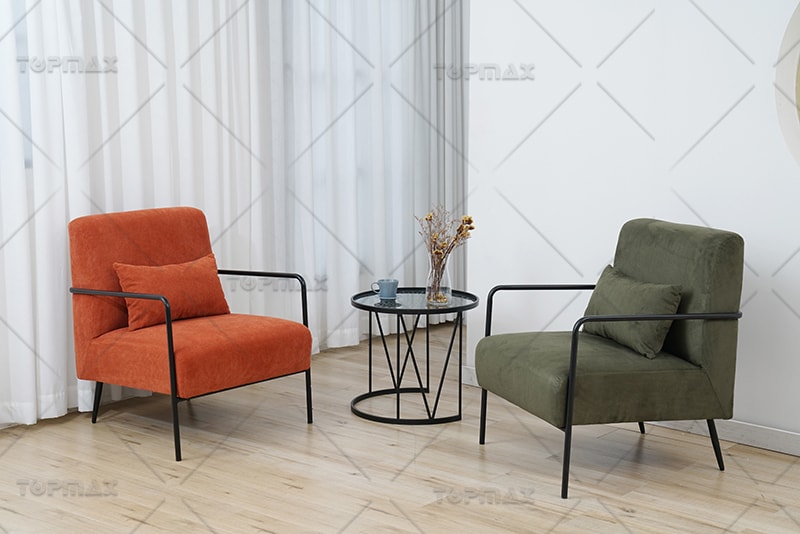
Procuring comfortable arm chairs that embody quality stability is a multifaceted endeavor. It begins with a thorough evaluation of suppliers, focusing on their reputation, certifications, production capacity, material sourcing, and customer feedback. From there, the journey delves into the specifics of quality control, encompassing frame strength, fabric durability, and cushion resilience.
Frame strength is the backbone of comfort, ensuring stability and durability through careful material selection, joint integrity, load testing, and stability testing. Fabric durability is the face of comfort, with considerations for fabric type, wear testing, colorfastness, pill resistance, and cleanability. Cushion resilience lies at the heart of comfort, balanced through filling material choice, compression testing, density and firmness, and edge support.
Ensuring quality stability in comfortable arm chairs requires a holistic approach, where every aspect of the chair's design and production is scrutinized and tested. By partnering with reputable suppliers and implementing rigorous quality control measures, manufacturers can deliver comfy arm chairs that promise and deliver a consistent experience of comfort and elegance, enhancing the lives of those who choose to sit in them. The result is not just a piece of furniture but a haven of relaxation and style, embodying the essence of what comfortable arm chairs are meant to be.
 Inquire Now
Inquire Now



 Home
Home The Impact of Velvet Reading Chair Colors on Home Atmosphere
The Impact of Velvet Reading Chair Colors on Home Atmosphere  You May Also Like
You May Also Like 

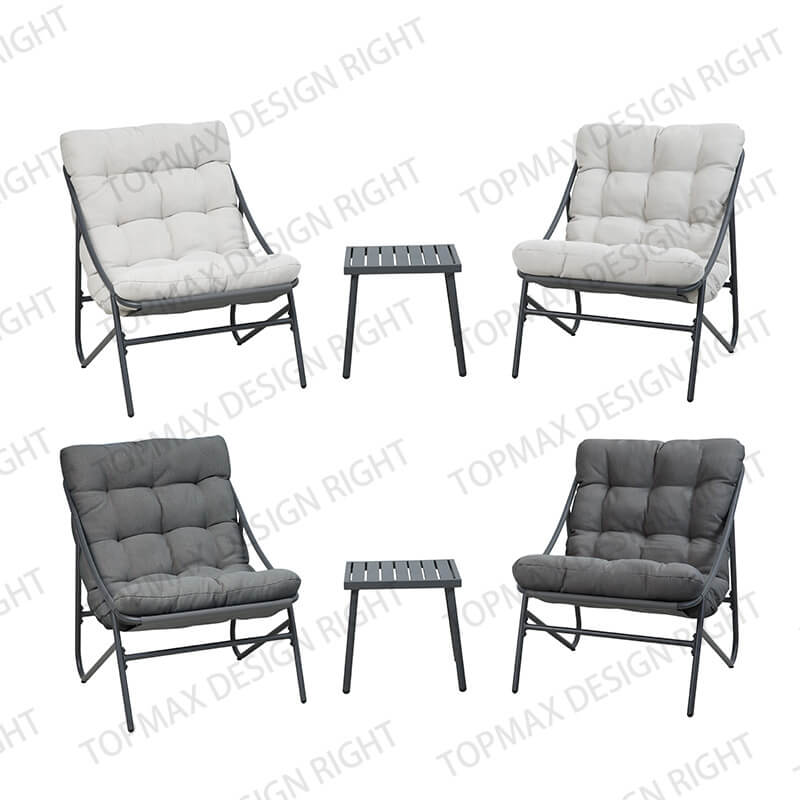
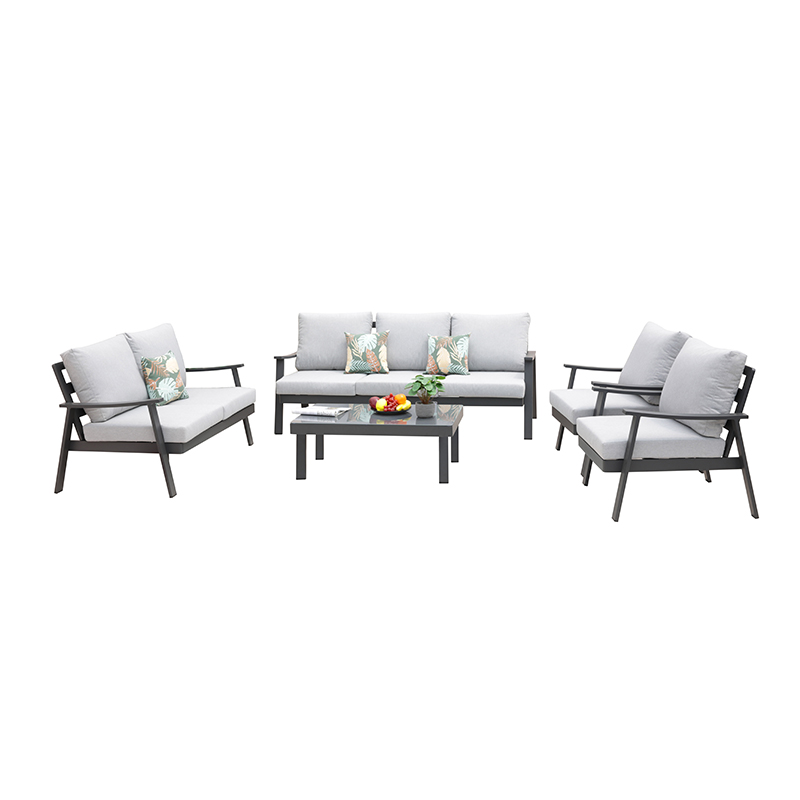

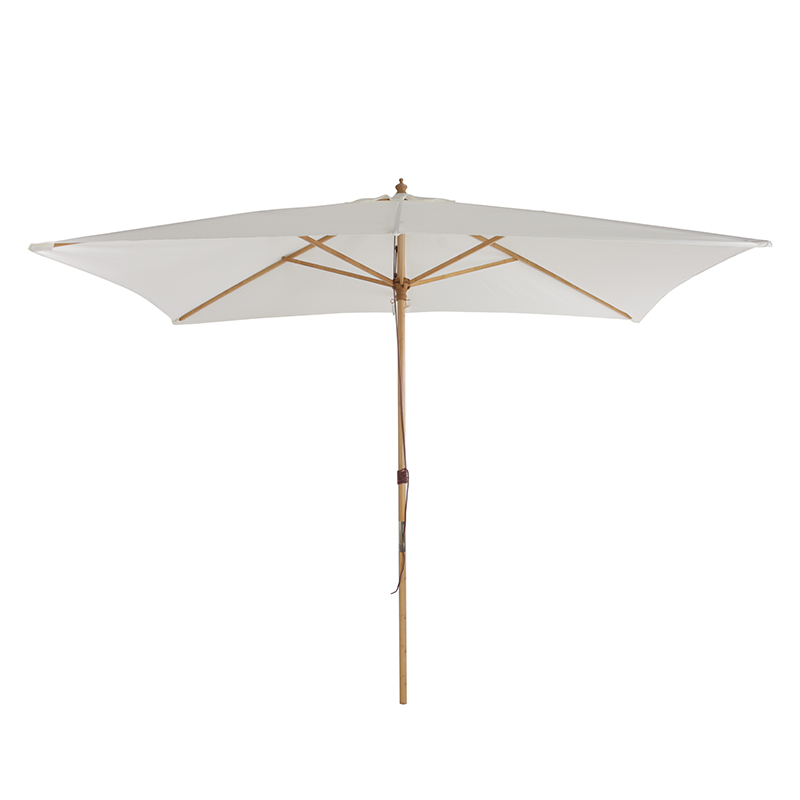
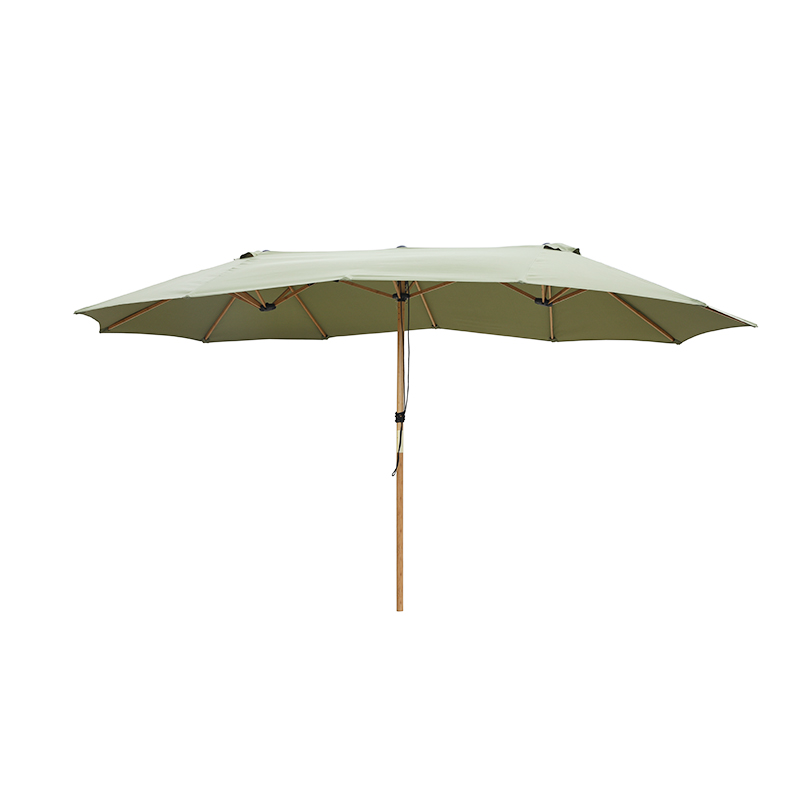

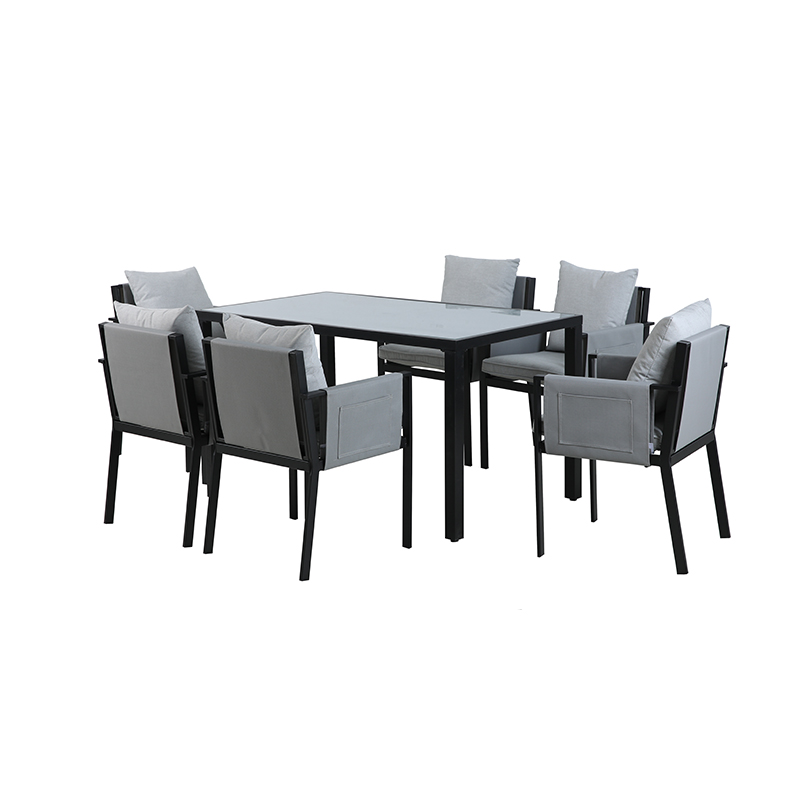
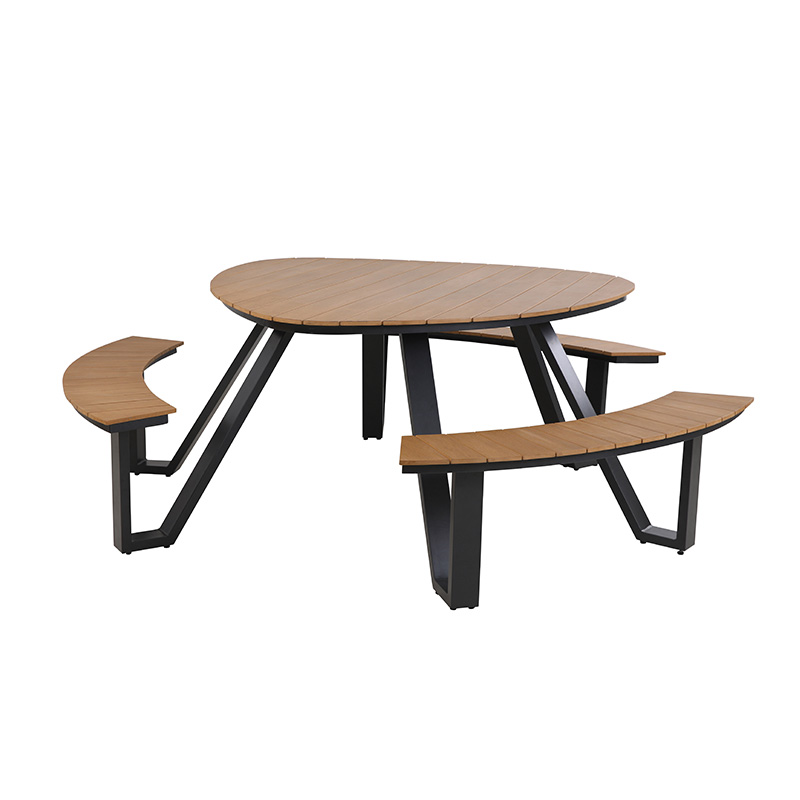
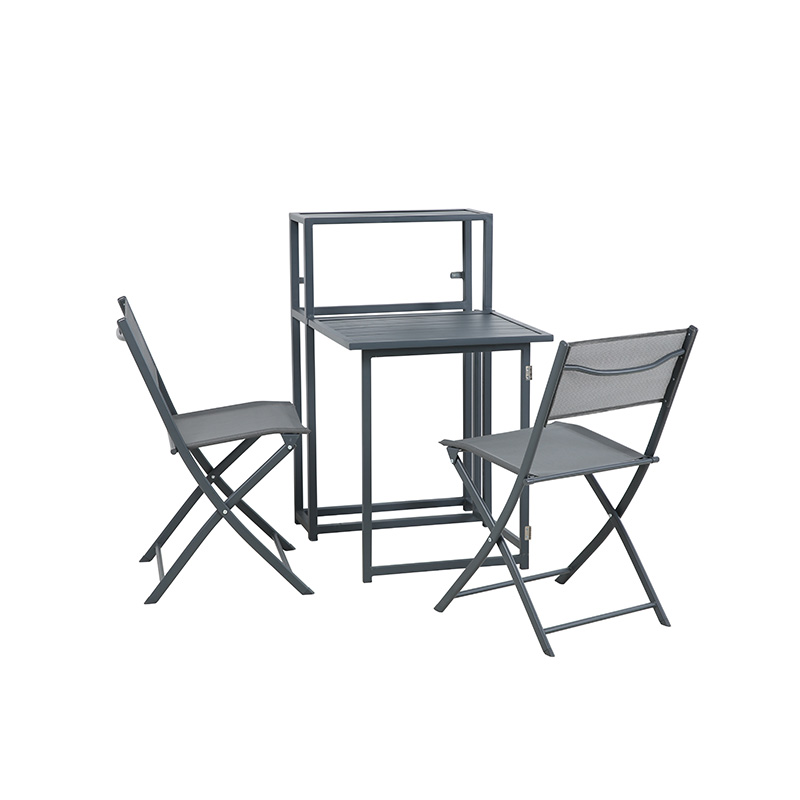
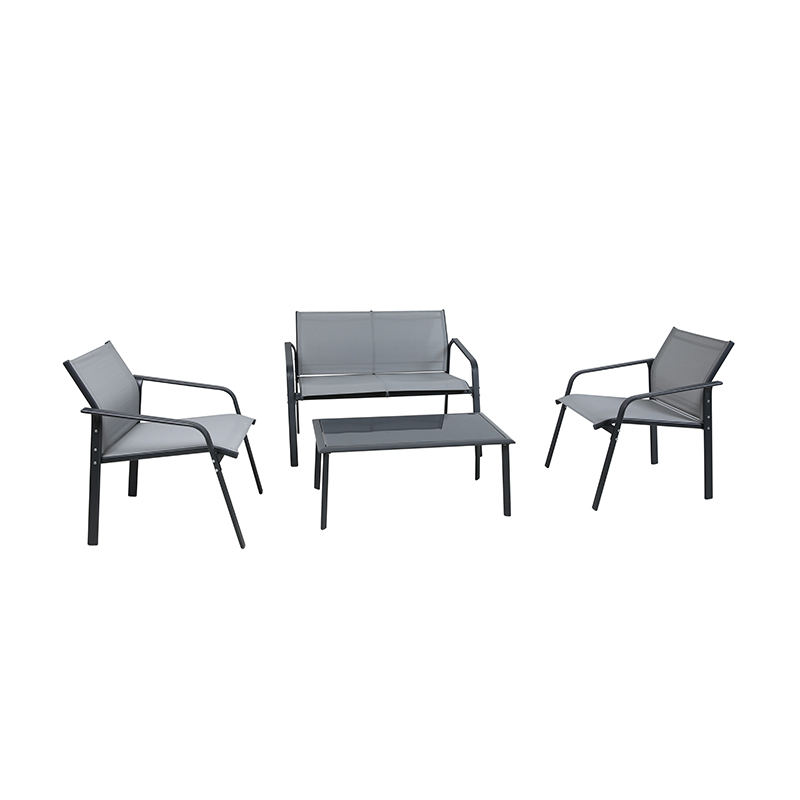
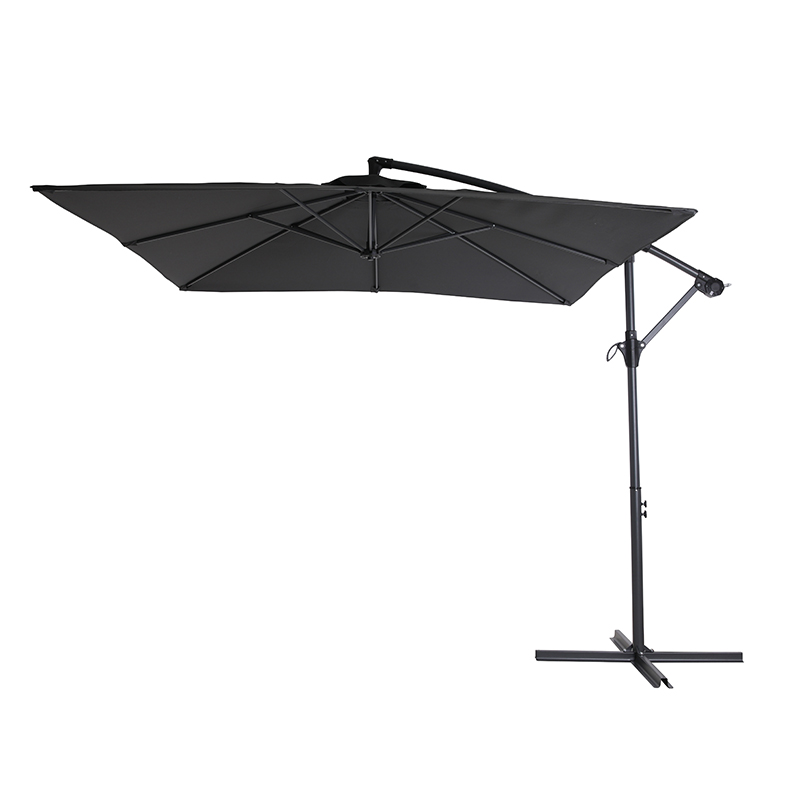

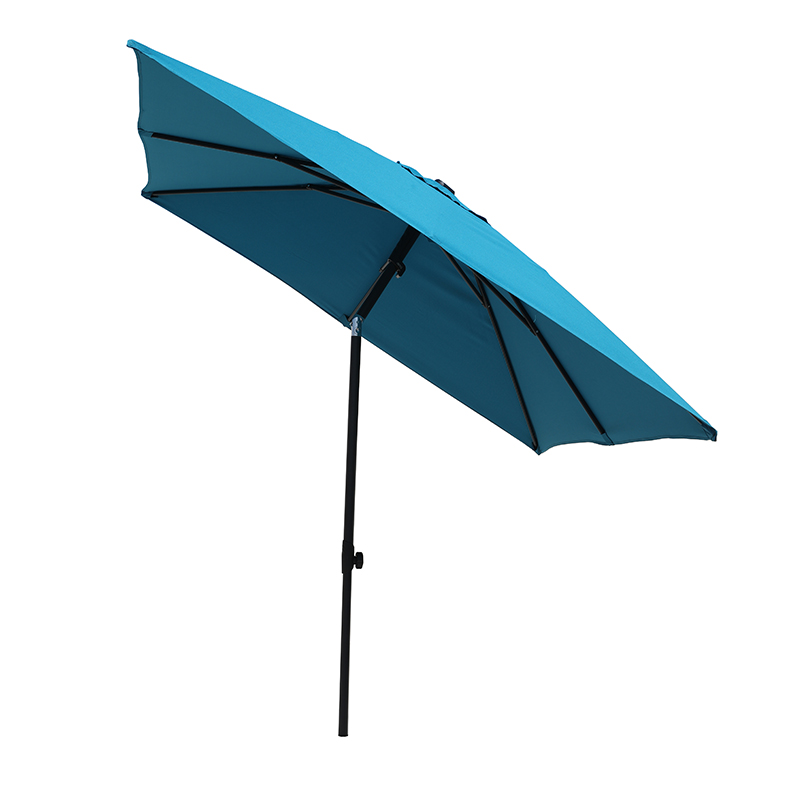
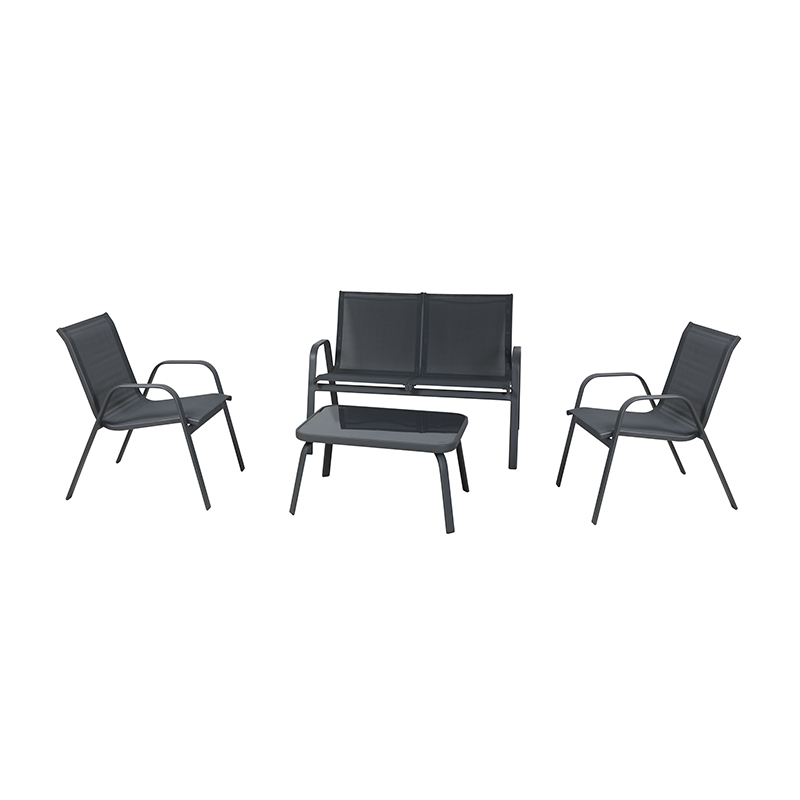
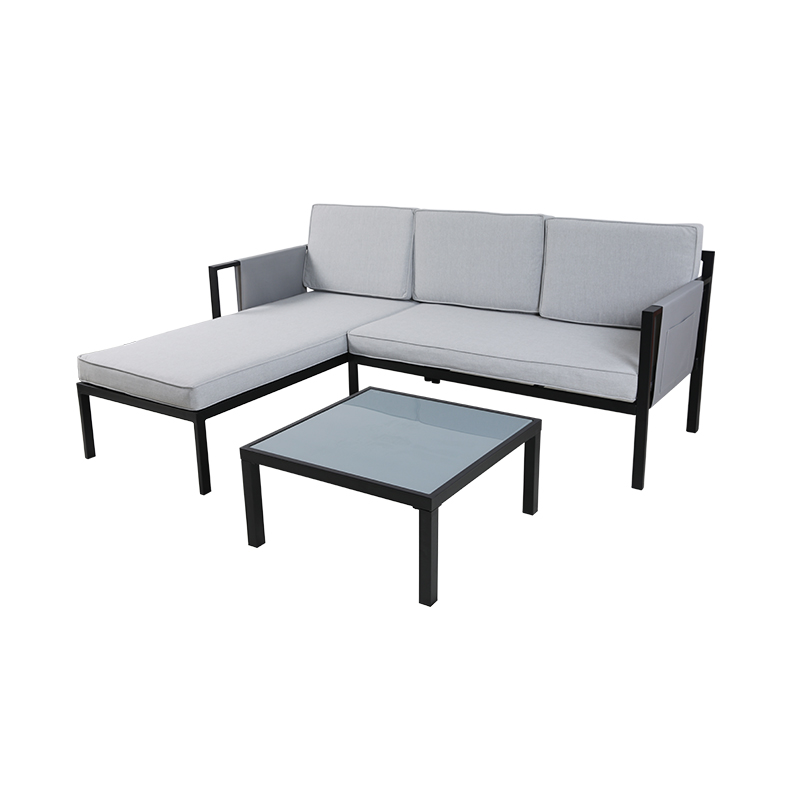
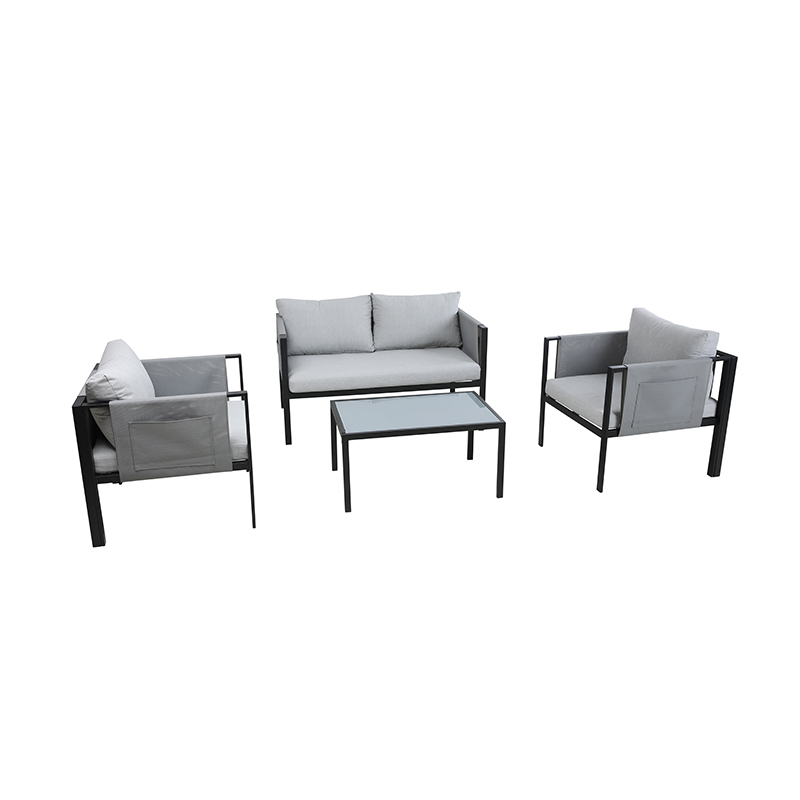

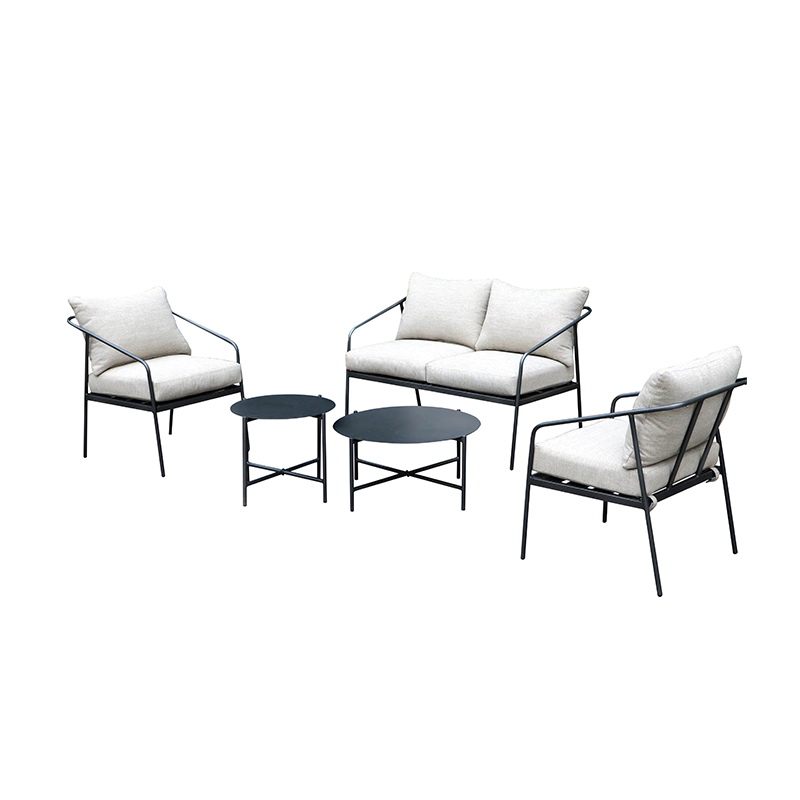
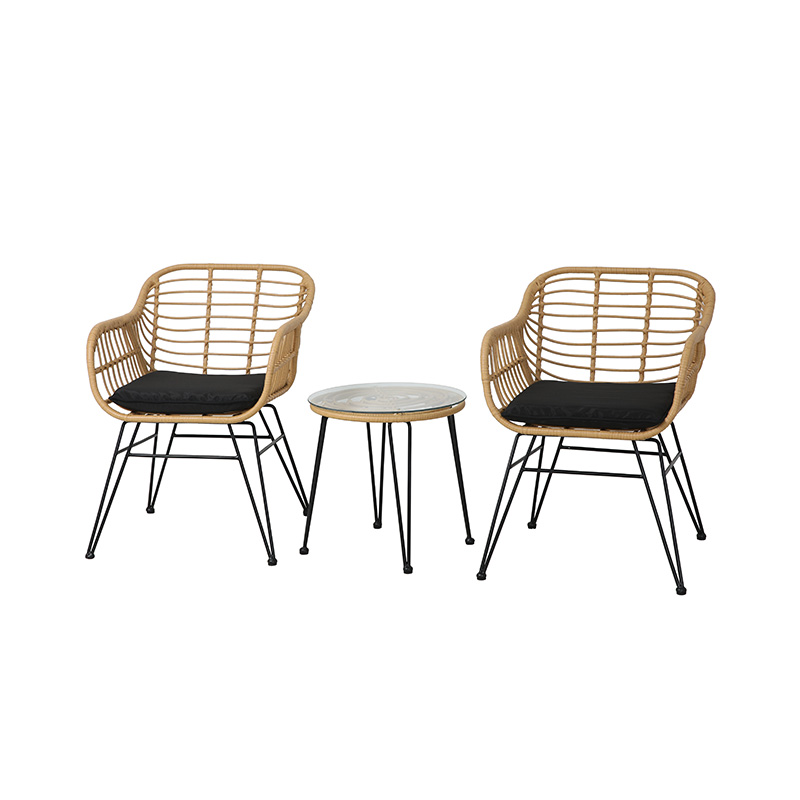

 Tel
Tel  Email
Email  ADDRESS
ADDRESS 














